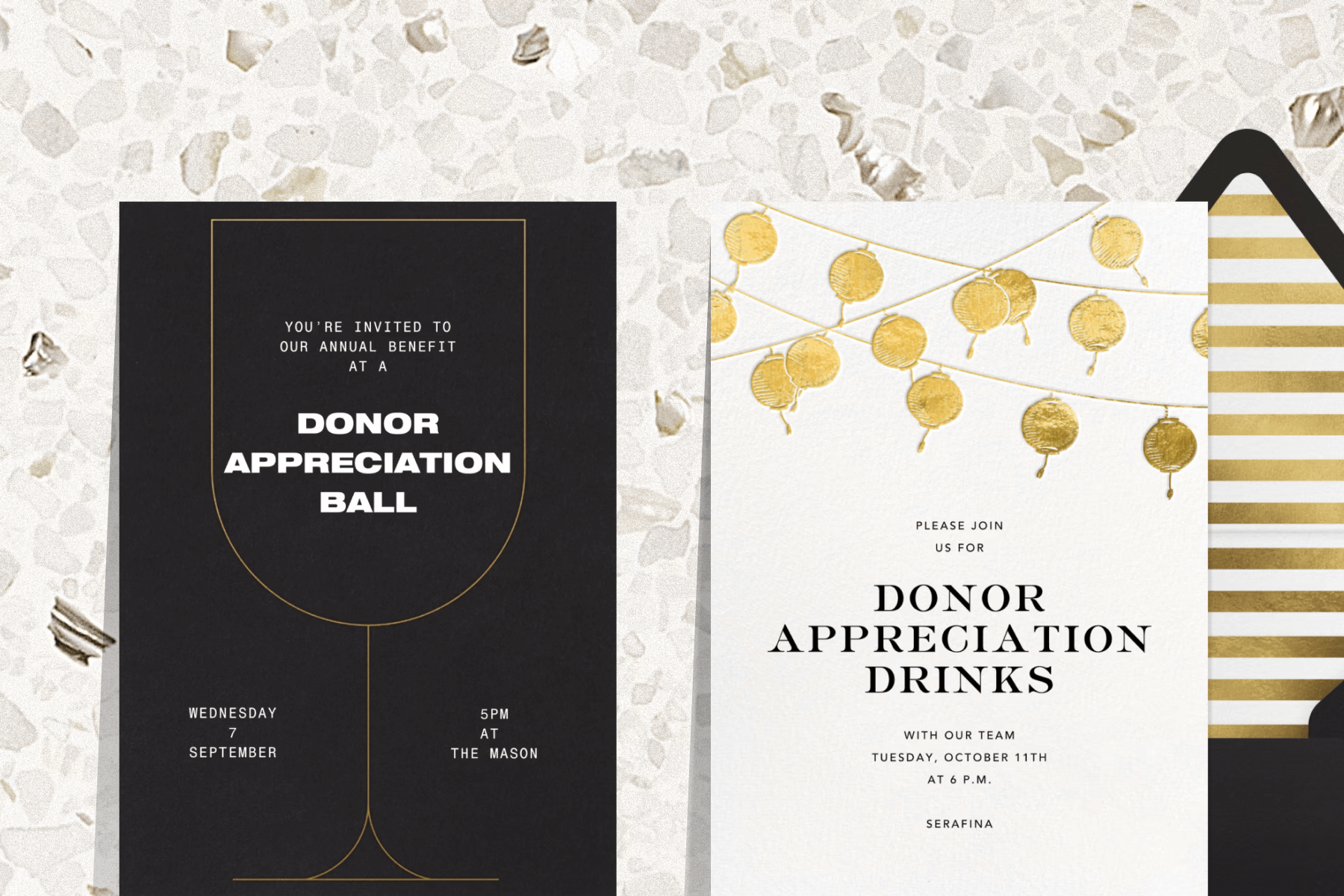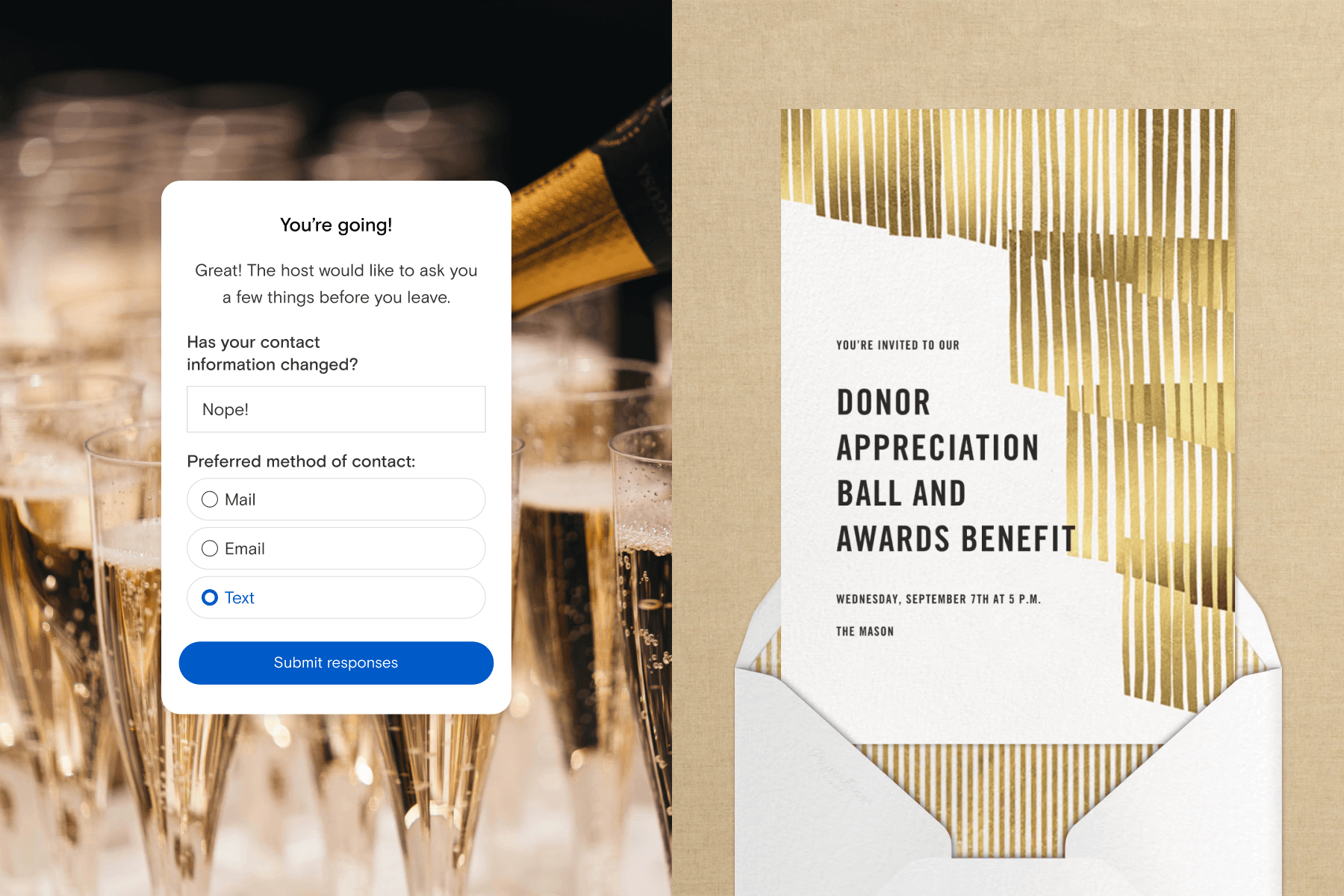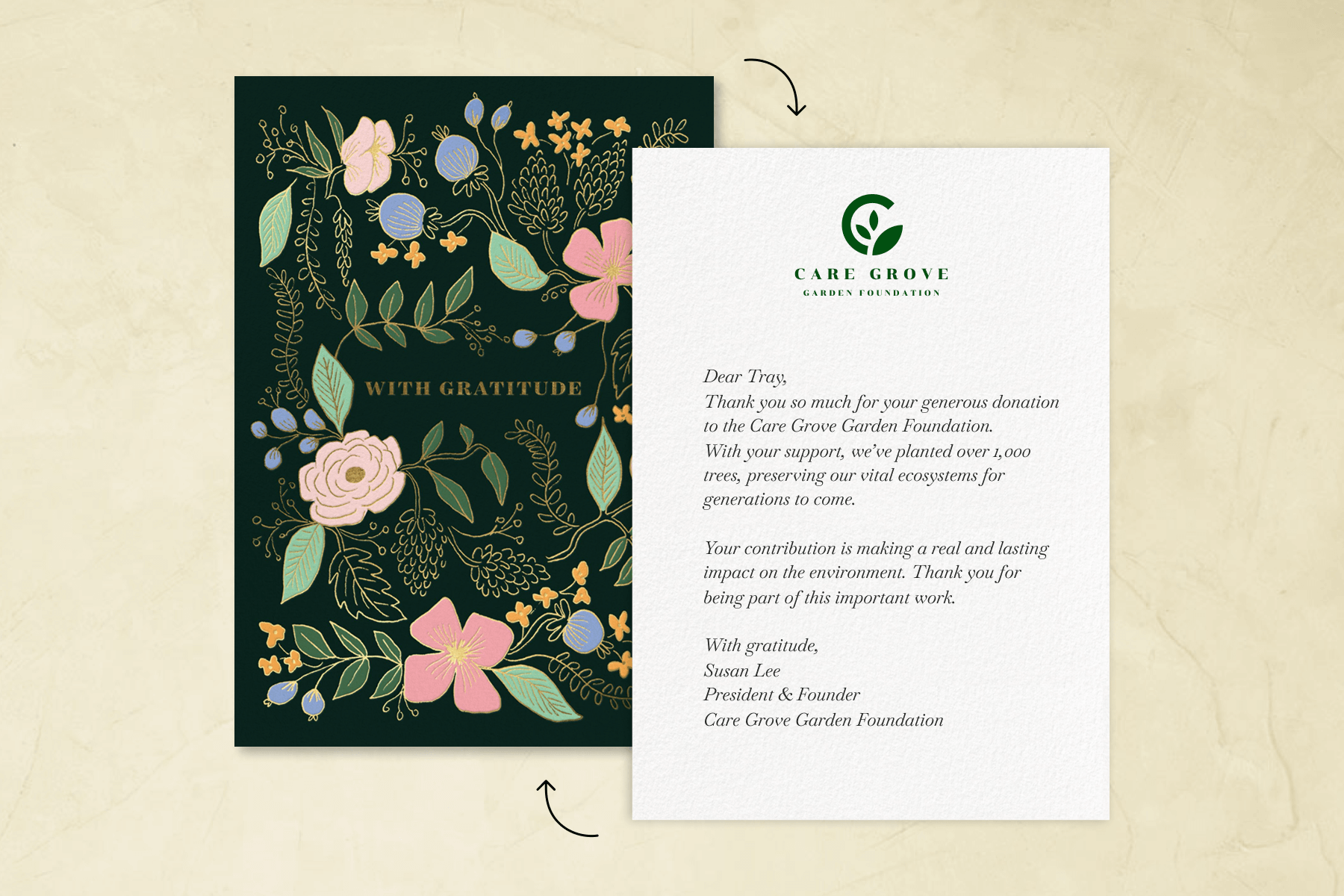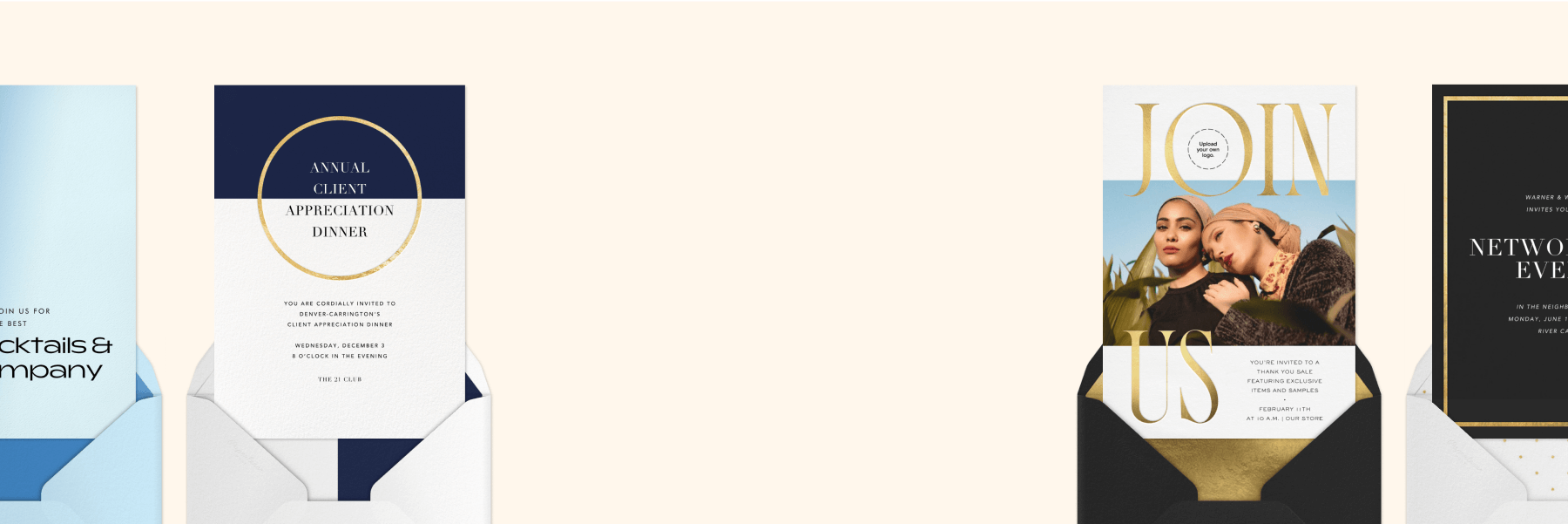Your guide to cultivating donor relationships

Whether you work at a nonprofit, a school, or another organization that relies on fundraising, you already know how important donors are to your success. Support from donors makes it possible to fund programs, serve communities, and achieve long-term goals that advance your mission.
But securing a donation is only the beginning. Building and maintaining strong donor relationships is critical for retention, growth, and sustainability. Without a clear plan for how to build relationships with donors, you risk one-time contributions instead of ongoing support. However, with the right approach, you can create meaningful connections that keep donors involved for years to come.
In this guide, we’ll break down what donor management is, walk through the stages of the donor journey, and share practical tips on how to keep your donors engaged.
Table of Contents
What is donor management?
At its core, donor relationship management is the practice of finding new donors, collecting their information, and maintaining those relationships over time. It’s not just about transactions—it’s about cultivating lasting connections with people who believe in your mission.
There are many ways to do this, from personal outreach and appreciation events to sophisticated data tools that track donor behavior. What matters most is having a strategy in place. Once you do, it becomes easier to nurture existing supporters, attract new ones, and create a cycle of engagement that benefits both your donors and your organization.
The donor journey
Donations don’t just happen—they’re the result of outreach, education, and trust-building. Understanding the donor journey can help you communicate more effectively and meet donors where they are in their decision-making process. Let’s break it down.
Awareness stage: This is where potential donors first discover your organization. Maybe they saw a social media post, attended an event, or received a mailer. The awareness stage is all about first impressions—showcasing your mission clearly and making it easy for people to learn more.
Consideration and research stage: After learning about you, potential donors often want to do their homework. They’ll check out your website, scroll through your social media, and maybe subscribe to your newsletter. To support them at this stage, make sure your online presence is up-to-date, easy to navigate, and rich with information about your mission, impact, and opportunities to get involved.
Decision stage: Here’s where the donor decides whether or not to give. To remove barriers, your donation process should be simple and accessible—whether it’s an online donation page, a text-to-give option, or a direct mail form. The easier you make it, the more likely people are to act.
Retention stage: A first donation is just the beginning of your relationship. The retention stage is about turning one-time donors into repeat supporters. That means staying in touch, following up with appreciation, and making people feel valued. When donors see the impact of their gifts and feel as if they are an important part of your mission, they’re much more likely to give again.
7 tips for keeping your donors engaged

Cultivating donor relationships doesn’t happen by chance. It requires consistent effort and thoughtful communication. Here are seven strategies to help you keep your donors engaged and excited to support your work.
1. Engage in regular communication
One of the simplest but most effective ways to maintain strong donor relationships is through consistent communication. Donors want to feel connected to the mission they support, and staying in touch throughout the year builds trust and keeps your cause top-of-mind. This doesn’t mean flooding inboxes with constant donation requests. In fact, that can often backfire.
Instead, focus on a healthy mix of touchpoints: monthly or quarterly email newsletters, active social media updates, mailed letters or postcards, and even occasional phone calls for higher-level donors. Share stories of impact, highlight upcoming events, and showcase behind-the-scenes moments that give donors a glimpse into the everyday work of your organization. By weaving communication into your overall marketing strategy, you create a natural rhythm of connection that strengthens loyalty and makes future fundraising appeals feel like part of a broader relationship rather than isolated requests.
2. Personalize your communication

Donors are more likely to stay engaged when they feel like valued individuals rather than entries in a database. Personalization is a powerful tool for cultivating donor relationships, and it goes far beyond using a supporter’s name in an email subject line.
Start by segmenting donors based on their giving history, involvement level, or stage in the donor journey. For example, someone who is just learning about your organization should receive introductory content that explains your mission and values, while long-time donors might appreciate more detailed updates on progress and impact.
A personal touch can also mean referencing a donor’s previous contributions or acknowledging their attendance at an event. By tailoring your messaging to their specific relationship with your organization, you demonstrate attentiveness and respect. Donors who feel seen and understood are not only more likely to give again but also more likely to increase their level of support over time.
3. Investing in donor management software
As your donor base grows, keeping track of everyone’s information and interactions can become overwhelming. That’s where donor management software comes in. Platforms such as Bloomerang, DonorPerfect, or Kindful are designed specifically to help nonprofits organize donor data, streamline communication, and better understand giving patterns.
Instead of relying on spreadsheets or scattered files, a good donor management system allows you to store contact information, track donations, schedule follow-ups, and generate reports all in one place. This not only saves time but also makes it easier to personalize outreach and identify trends in donor behavior. And while donor management software is an investment, it pays off by helping your organization cultivate stronger relationships with less administrative stress.
4. Audit donor information
No matter how sophisticated your donor relationship management system is, it’s only as effective as the information it contains. That’s why it’s essential to regularly audit your donor data. Outdated addresses, incorrect phone numbers, or duplicate records can cause you to lose touch with supporters or send communications to the wrong place.
Scheduling regular database reviews—whether quarterly or twice a year—can ensure your outreach efforts are as efficient and accurate as possible. Consider sending donors a short survey to confirm their contact details, or include a reminder to update information in your email newsletters.
Beyond basic contact data, take time to review giving histories, event attendance, and volunteer participation so you can spot patterns and better understand how people engage with your mission.
5. Host events and create experiences

Nothing builds stronger donor relationships than face-to-face interaction, and events are one of the best ways to create meaningful experiences. Whether it’s a donor appreciation dinner, an open house, a volunteer day, or a behind-the-scenes tour of your facilities, events give supporters a chance to see your mission in action and feel connected to your community. Even virtual events, like webinars or Q&A sessions with leadership, can provide valuable opportunities for connection.
With Paperless Post, you can create professional-grade invitations for all manner of events, which you can customize with your logo and colors, and easily share via email, text, or link. For organizations that host frequent events, consider subscribing to Paperless Pro for unlimited access to all of our professionally-tailored designs, tools, and features—such as premium customization, Sponsors Blocks, and a custom URL—all for one transparent annual price.
These gatherings aren’t just about fundraising—they’re about building relationships. By inviting donors into your world and showing them how their contributions make a tangible difference, you strengthen their emotional investment in your cause.
6. Show donor appreciation

Expressing gratitude is one of the simplest, yet most impactful, ways to cultivate donor relationships. Too often, nonprofits move quickly from one fundraising campaign to the next without pausing to acknowledge the people who made their work possible. Taking time to say “thank you” can set your organization apart and leave a lasting impression.
Appreciation can take many forms, from custom-branded thank you cards from Paperless Post and personalized phone calls to public recognition in newsletters or at events. The important thing is to make your thanks genuine, specific, and timely. (Need help getting the wording just right? Check out our guide to thank you card messages.)
7. Share donor impact
Donors want to know that their contributions are making a difference. Communicating impact is one of the most powerful ways to keep supporters engaged and encourage repeat giving. Instead of vague statements about “supporting our mission,” share concrete examples of what donations have achieved.
This could include statistics, like the number of meals served or students supported, or personal stories that put a human face on the impact. Photos, videos, and infographics can also help bring the results to life in a compelling way. When donors see the direct connection between their gift and positive change, they not only feel good about their decision but also become more motivated to give again.
Maintain donor relationships with Paperless Post

Donor relationship management is about more than keeping the lights on—it’s about building a community of supporters who believe in your mission and want to be part of your story. By understanding the donor journey and committing to regular, personalized engagement, you can turn first-time donors into lifelong advocates.
At Paperless Post, we’re your partner in helping you cultivate donor relationships with care, whether it’s through sharing event invitations, giving recognition in a Sponsors Block, or sending personalized thank you cards. Because it’s not just about raising money—it’s about building partnerships that will sustain your organization well into the future.
Find sophisticated, business-minded designs that streamline planning and impress guests.
